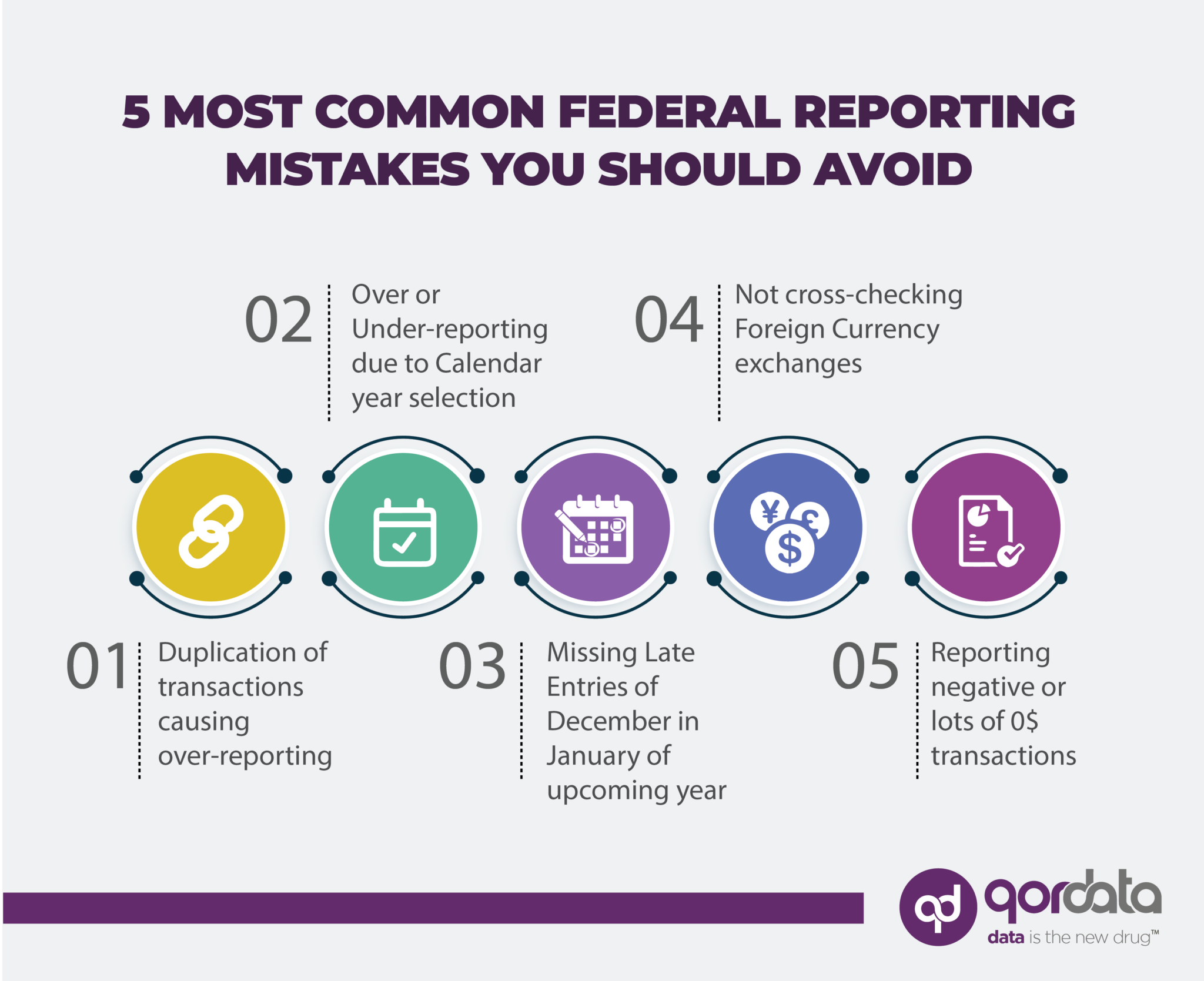Mitigating compliance risks is important for life science companies.
However, the pain of executing, measuring, and improving the effectiveness of a compliance program is well-known within the life science industry and by compliance teams.
The highly scrutinized nature of the life science industry demands certain laws and regulations to be followed to avoid penalties and reputational damage.
This makes creating a compliance program and improving it over time imperative for compliance leaders and life sciences companies.
An effective compliance program is designed to meet the requirements of important laws and regulations. A compliance program, combined with automation and data-driven approaches, addresses business-critical compliance risks and heightened compliance demands.
But rather than simply deploying a data-driven compliance solution, there are other vital components that compliance leaders can focus on to improve the effectiveness of their compliance program.
Let’s go through the four components after understanding the totality of the risk involved if your compliance program is outdated or ineffective.
Understanding Life Sciences Laws & Regulations
Government-mandated life sciences compliance requirements expose an organization to certain business-critical risks.
Keeping up with the changing laws and regulations is a challenge that leads life science companies and compliance teams to re-examine their approach to compliance constantly.
Not abiding by federal and state laws enforced by regulatory bodies such as the DHHS or DOJ results in heavy penalties imposed on life science companies and other adverse outcomes.
Laws such as the False Claims Act, which prohibits the submission of a false claim to the government, and the Physician Open Payment Act (Sunshine Act), which requires life science companies to provide transparency regarding industry payments made to healthcare professionals (HCPs) are prime examples of why an effective compliance program is critical to life science companies’ compliance success.
The sheer amount of data collected, evaluated, and validated takes a toll on a life science company and compliance team, making improving a compliance program’s effectiveness important.
Recent violations of compliance laws resulted in the following penalties being imposed on organizations:
-
SN Medical Inc. Pays $785,672.14 For Violating the False Claims Act.
-
Novartis Pays Over $642 Million to Settle Allegations of Improper Payments to Patients and Physicians
4 Key Components That Will Improve A Compliance Program’s Effectiveness
Focusing on the following key components will enable you to quickly identify non-compliant attributes, efficiently monitor compliance activities, automate compliance processes, and quickly plan and implement remediation tactics to minimize or eliminate risks.
1. Data-Driven Monitoring
The data gathered from internal and external sources should be analyzed and appropriately utilized to derive actionable insights.
This extraction of valuable data for actionable insights strengthens decision-making and makes it important for organizations to consider data an integral part of a life science company.
Moreover, accurate data reveals meaningful insights and helps compliance professionals identify potential high-risk areas early on.
By leveraging current and historical data, compliance leaders can determine risks identified in the past and minimize their future occurrences or plan effective remediation tactics just in a case similar risks are identified.
2. Analyzing Compliance Mistakes
Mistakes are likely to occur again unless the risk or mistake, or error is identified and evaluated, and then a remediation plan is prepared by compliance teams and implemented to ensure that it does not happen again.
Several companies tend to let go of their compliance mistakes. In contrast, simple violations can lead to adverse outcomes, or they may indicate that an internal policy needs to be revised or modified.
For this reason, analyzing compliance mistakes is critical and essential to your compliance program’s success.
3. Internal Policies Training Sessions
Life sciences companies create internal policies to ensure that the company completes and obeys rules and regulations enacted by the government.
Therefore, deepening the employees’ understanding of the company’s internal compliance policies would help life science companies create the right compliance environment.
Educating them about the risks involved and engaging employees in real-time L&D programs related to internal and external compliance enables leaders to build a culture of compliance necessary for the organization’s long-term success.
Some examples of the policies that should be developed, distributed among employees, and trained on are the following:
-
HCP’s Interaction
-
Prescribing data usage
-
Speakers Program
-
Interaction with Patients
-
Meals
-
Gifts and Entertainment
-
Use of Social Media
-
On-Labels Promotions
4. Risk Remediation
After analyzing data to identify and assess organizational risks, compliance leaders need to control and ensure corrective actions are taken to mitigate risks effectively.
Manually identifying and mitigating risks may become overwhelming for compliance teams because the data generated varies greatly depending on the organization’s size.
For this reason, a more strategic approach would be to deploy an automated compliance solution that would enable compliance professionals to configure their risk metrics and internal policies within the software, detect risks as per the configured policies, and plan risk remediation accordingly to reduce the probability of compliance risks occurring ever again.
Other Relevant Reads:



